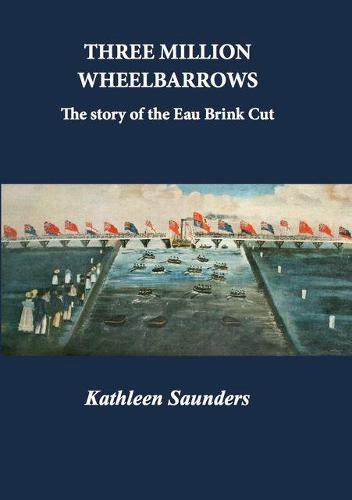
This is a very interesting book – there is practically nothing in it about wildlife but it is the story of engineering works in The Fens in the late eighteenth and nineteenth centuries. It’s a late part of the subjugation of wildness in the lowlands inland from The Wash in Norfolk and Cambridgeshire (mostly).
As an investigation into the machinations that went on, and I reckon still do these days, when large engineering projects are proposed, and have massive budgets attached to them, this is very fascinating. It’s far away enough in time to be less emotionally and politically charged than, say, a new runway at Heathrow or a High Speed railway, but it is an eye-opener nonetheless.
This should be of interest to those who wish to influence power and to those who are living in the area where these events played out in the area bounded by King’s Lynn, Ely, March and Wisbech. This is an investigation into how decisions are made, or were at least, and of how power is wielded.
The subject is the conflict between Fenland landowners who wanted drainage improved so that their land flooded less often and less badly and the merchants and port of King’s Lynn that feared that the proposed remediation would ruin their ability to attract ships to their large and economically active harbour. And it’s all mixed up in the bigger politics of the day around the French revolution and its aftermath and the American War of Independence.
The tale is told partly through the narrative device of giving a voice to the River Great Ouse itself and partly through the historical actions of a series of powerful men.
I make no apology for including a review of it here as it deals with struggles over land use decisions that continue to have implications for wildlife, and having made James Boyce’s excellent Imperial Mud: the fight for The Fens (see my review) one of my short-listed books of the year last year then this is another book along similar lines.
Three Million Wheelbarrows: the story of the Eau Brink Cut by Kathleen Saunders is published by Mousehold Press.
[registration_form]
My memory is not infallible, but I’m positive that in the Ipswich museum in the mid 90s they had the skeleton of a walrus dating back to the Bronze Age, that had been dug up in the Fens. Funnily enough yesterday I listened to a podcast in which it was claimed walrus used to live as far down as the English Channel. Shells of the European pond turtle Emys orbicularis have also been recovered from Fen deposits before the climate turned just a little too chilly for them. A freshwater turtle in old blighty, mixing it with beavers, pelicans and even the odd walrus! There must have been some very interesting things in those three million wheelbarrow loads, how many were missed?